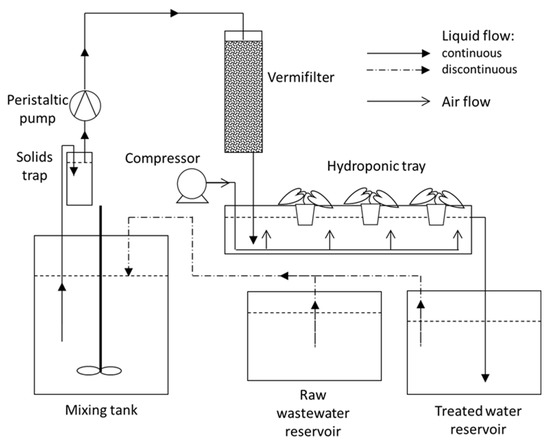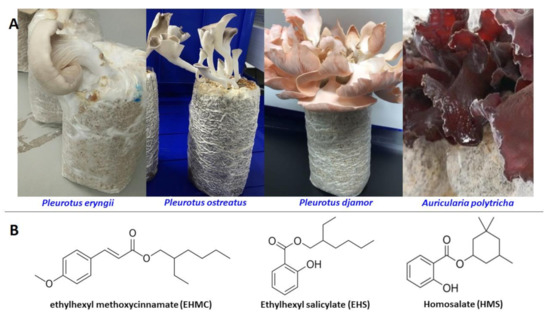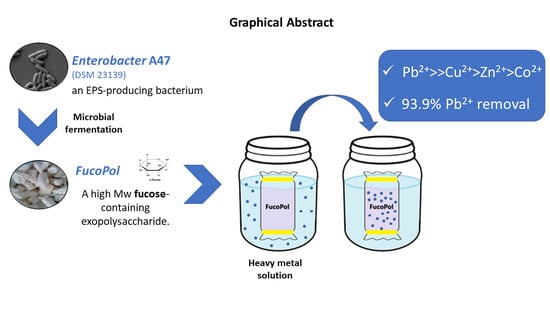Novel Technologies for Pollutants Removal from Water and Wastewater
A topical collection in Applied Sciences (ISSN 2076-3417). This collection belongs to the section "Environmental Sciences".
Viewed by 13820
Editors
Interests: biological wastewater treatment; aerobic granular sludge; recalcitrant pollutants; microbial biopolymers; resource recovery; real-time bioprocess monitoring
Special Issues, Collections and Topics in MDPI journals
Interests: resource recovery; phosphorus and nitrogen removal; microbial biopolymers; biological wastewater treatment; anerobic digestion
Topical Collection Information
Dear Colleagues,
High amounts of industrial and domestic wastewater are annually produced worldwide, and the lack of adequate wastewater treatment is currently considered one of the most significant causes of water resource pollution.
The main pollutants of water bodies are organic compounds, nutrients, and micropollutants, i.e., contaminants in very low concentrations but with high toxic potential to humans and aquatic life, such as heavy metals, pesticides, endocrine-disrupting compounds (EDCs), disinfection byproducts (DBPs), and pharmaceuticals and personal care products (PPCPs). Since the removal of these pollutants by conventional water and wastewater treatment processes is generally inefficient, advanced treatment technologies have been proposed and tested to mitigate their spread in the environment.
This Special Issue on “Novel Technologies for Pollutants Removal from Water and Wastewater” aims to highlight novel, effective, and sustainable technologies based on advanced physicochemical and biological processes (or on conventional process adaptations) for the removal of current and emerging pollutants from water and wastewater, including microplastics, textile dyes, surfactants, flame retardants, biocides, polar pesticides and their degradation products, PPCPs, DBPs, and proven or suspected EDCs. Potential topics of the Special Issue include but are not limited to:
- Membrane technologies for pollutant removal from water and wastewater;
- Advanced oxidation processes for water and wastewater treatment;
- Nanotechnology for water and wastewater treatment;
- Photobioreactors for wastewater treatment;
- Aerobic granular sludge for pollutant removal from wastewater;
- Biological nutrient removal;
- Removal of microcystins (MCs) from water;
- Phytoremediation of heavy metals and pesticides;
- Removal of microplastics from water and wastewater;
- Removal of textile dyes from wastewater;
- Integration of advanced treatment technologies for pollutant removal.
Dr. Nídia Dana Lourenço
Prof. Dr. Maria A.M. Reis
Guest Editors
Manuscript Submission Information
Manuscripts should be submitted online at www.mdpi.com by registering and logging in to this website. Once you are registered, click here to go to the submission form. Manuscripts can be submitted until the deadline. All submissions that pass pre-check are peer-reviewed. Accepted papers will be published continuously in the journal (as soon as accepted) and will be listed together on the collection website. Research articles, review articles as well as short communications are invited. For planned papers, a title and short abstract (about 100 words) can be sent to the Editorial Office for announcement on this website.
Submitted manuscripts should not have been published previously, nor be under consideration for publication elsewhere (except conference proceedings papers). All manuscripts are thoroughly refereed through a single-blind peer-review process. A guide for authors and other relevant information for submission of manuscripts is available on the Instructions for Authors page. Applied Sciences is an international peer-reviewed open access semimonthly journal published by MDPI.
Please visit the Instructions for Authors page before submitting a manuscript. The Article Processing Charge (APC) for publication in this open access journal is 2400 CHF (Swiss Francs). Submitted papers should be well formatted and use good English. Authors may use MDPI's English editing service prior to publication or during author revisions.
Keywords
- Pollutant removal
- Water treatment
- Wastewater treatment
- Advanced treatment technologies










